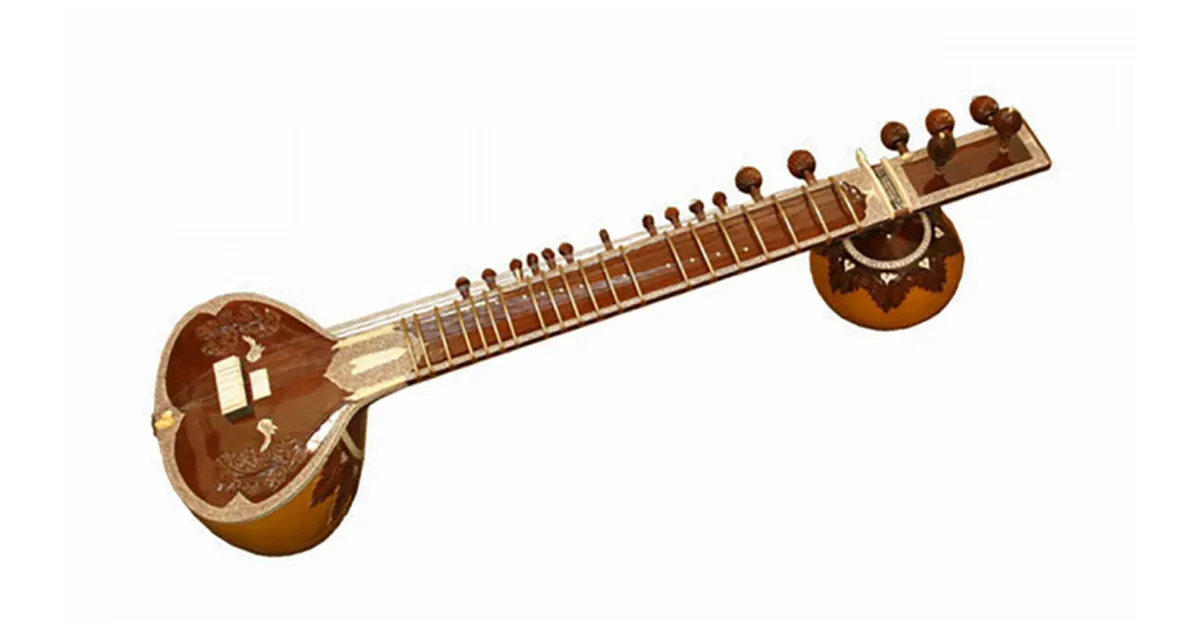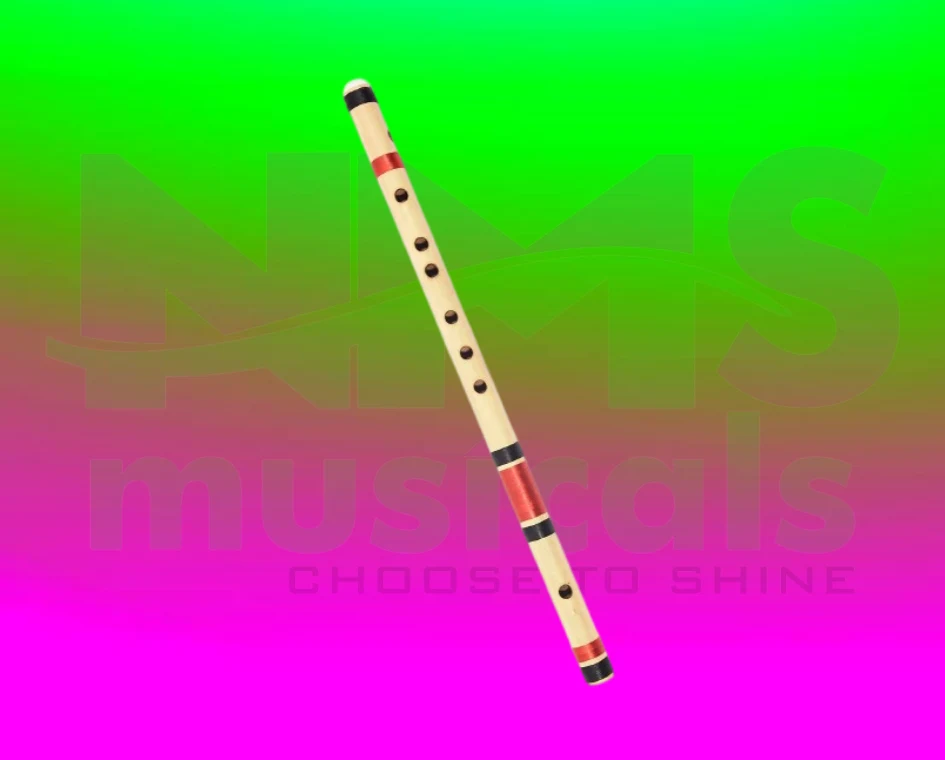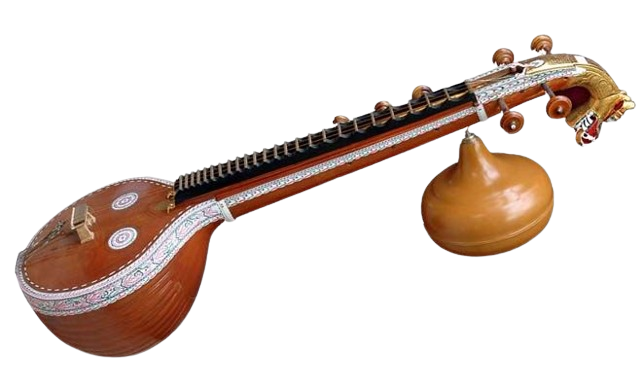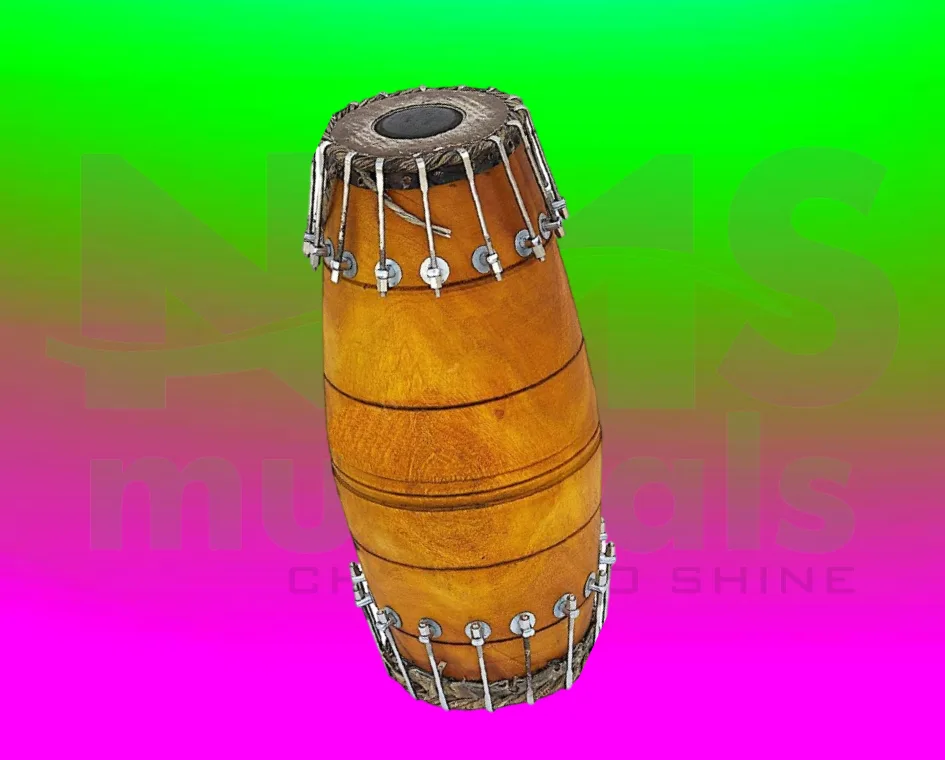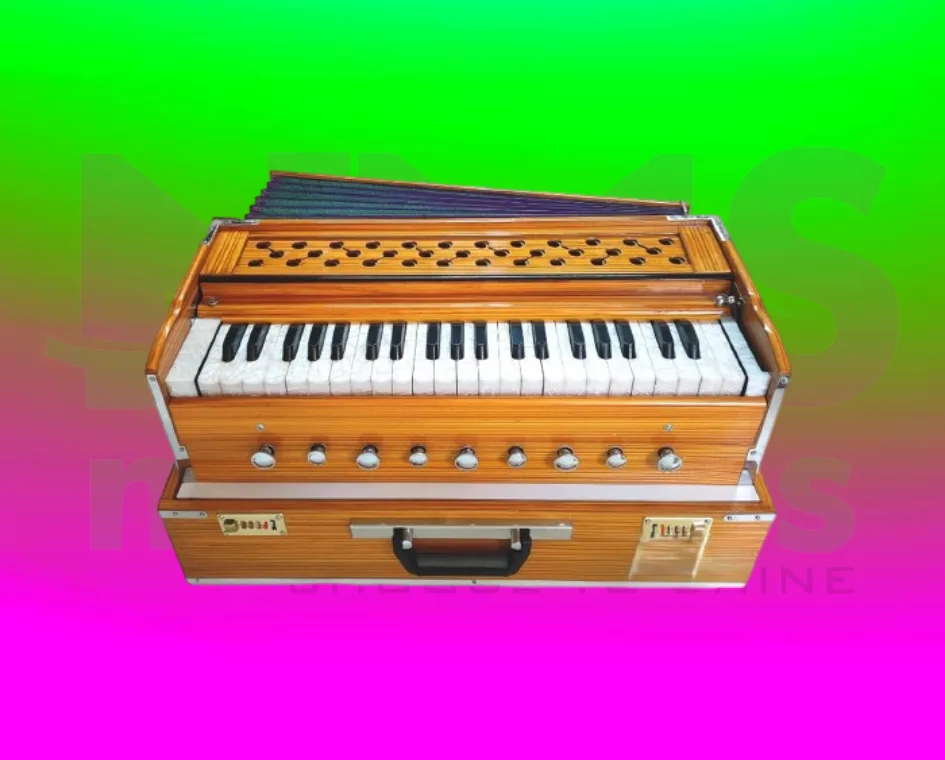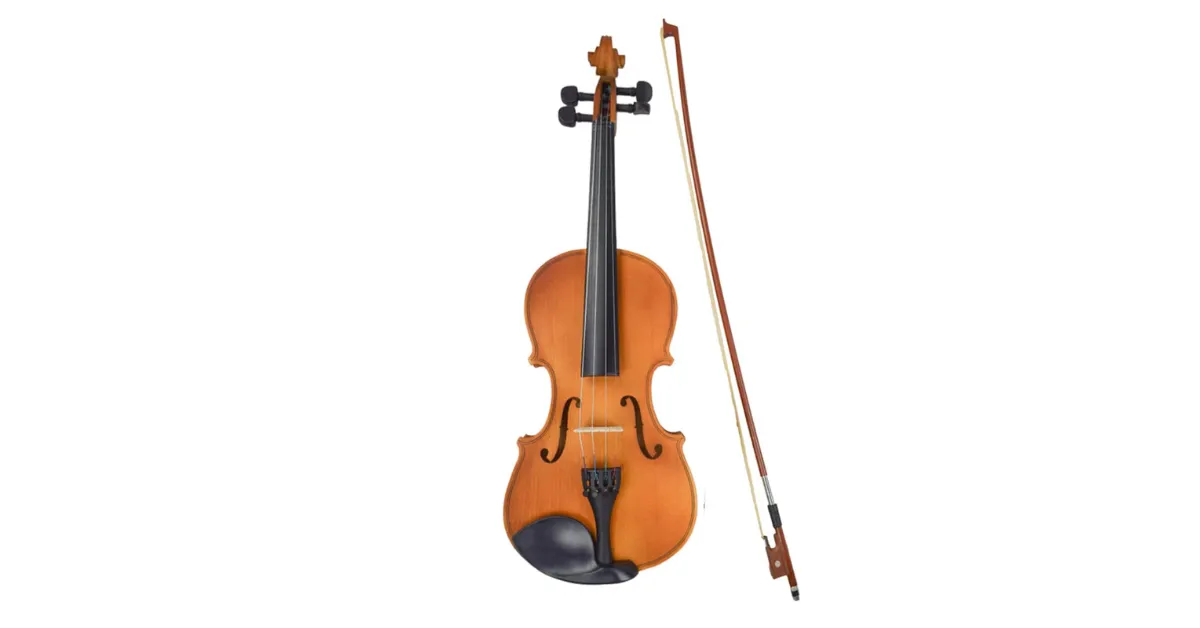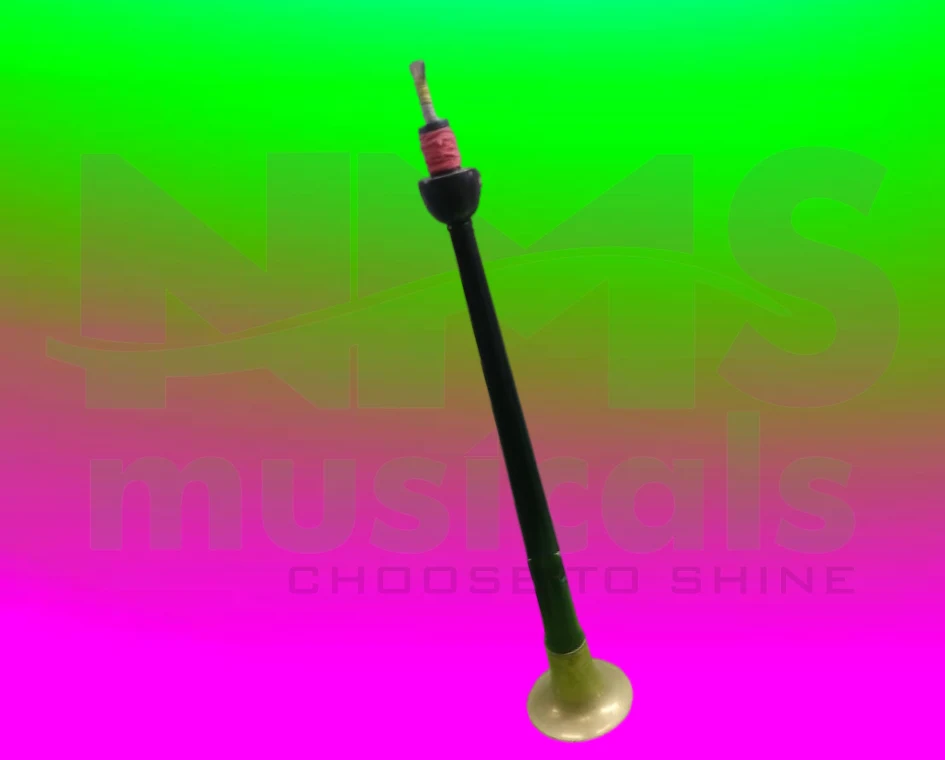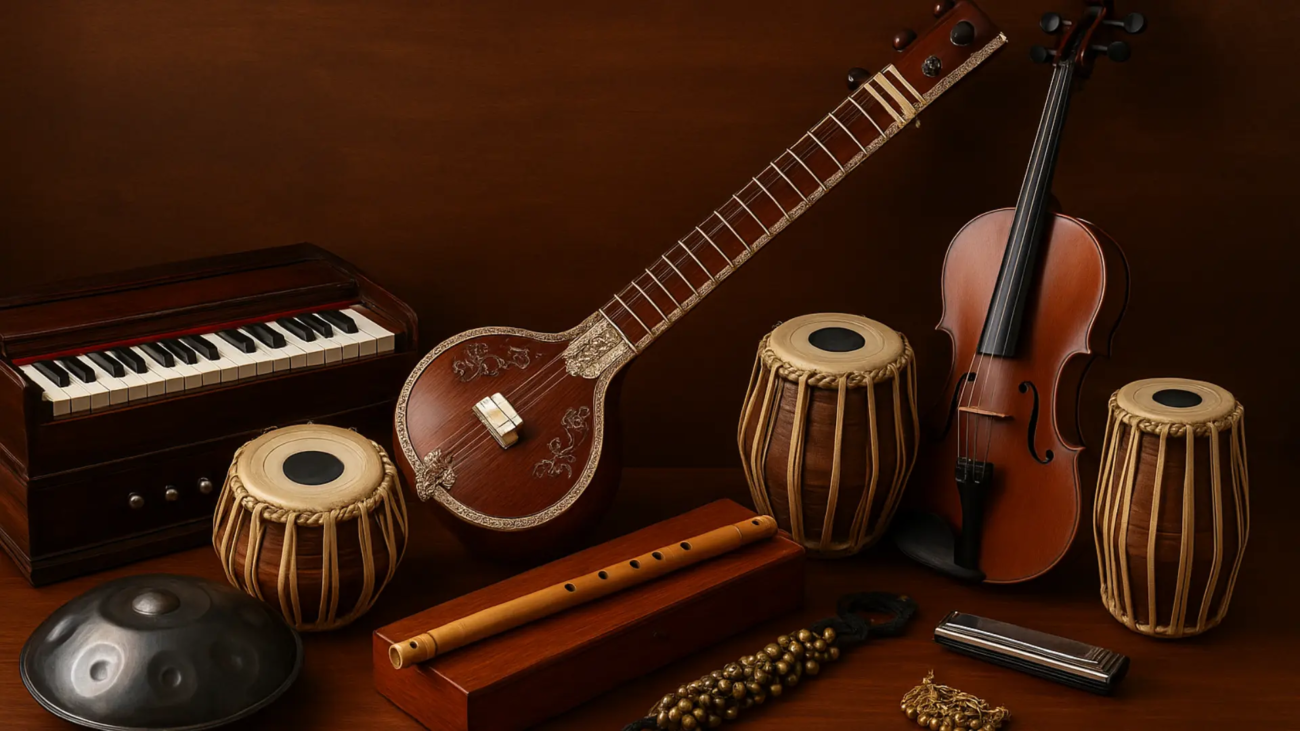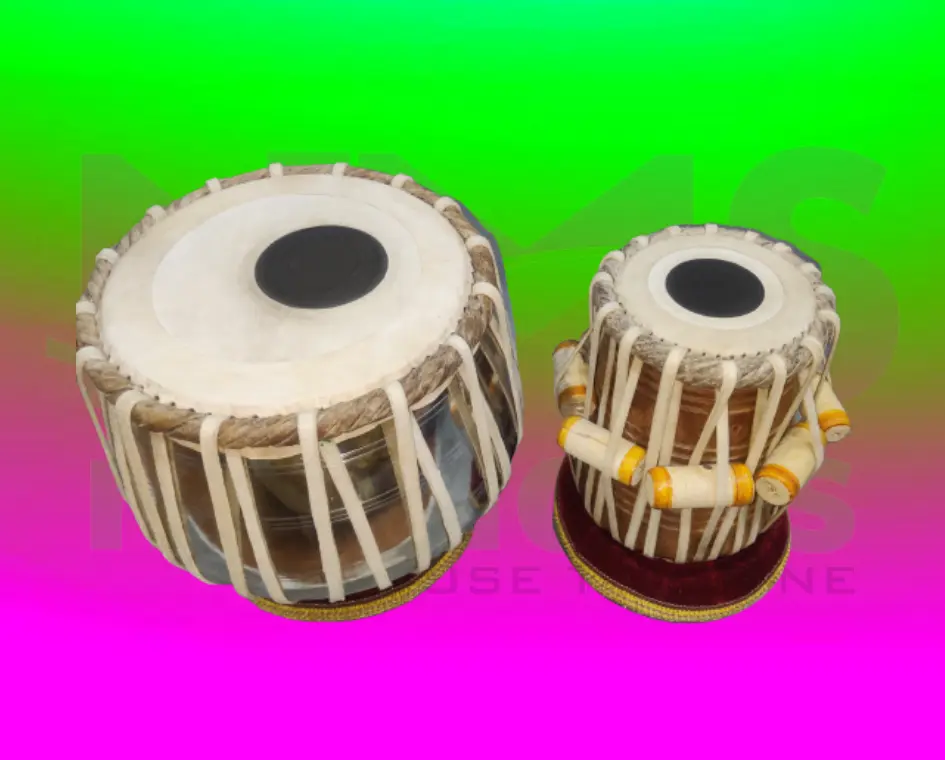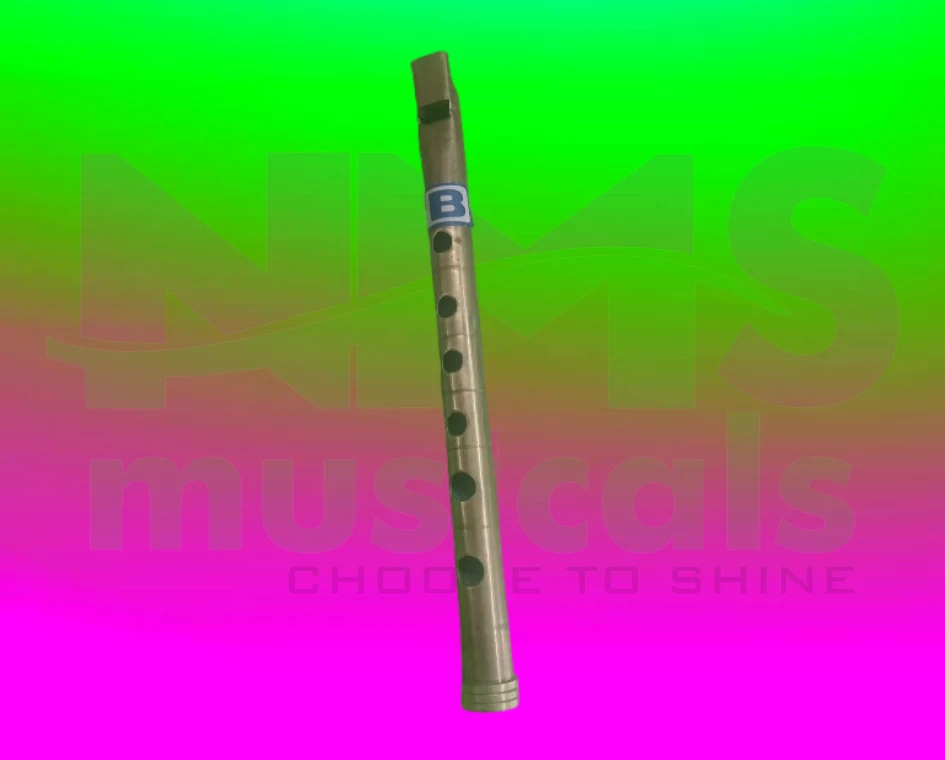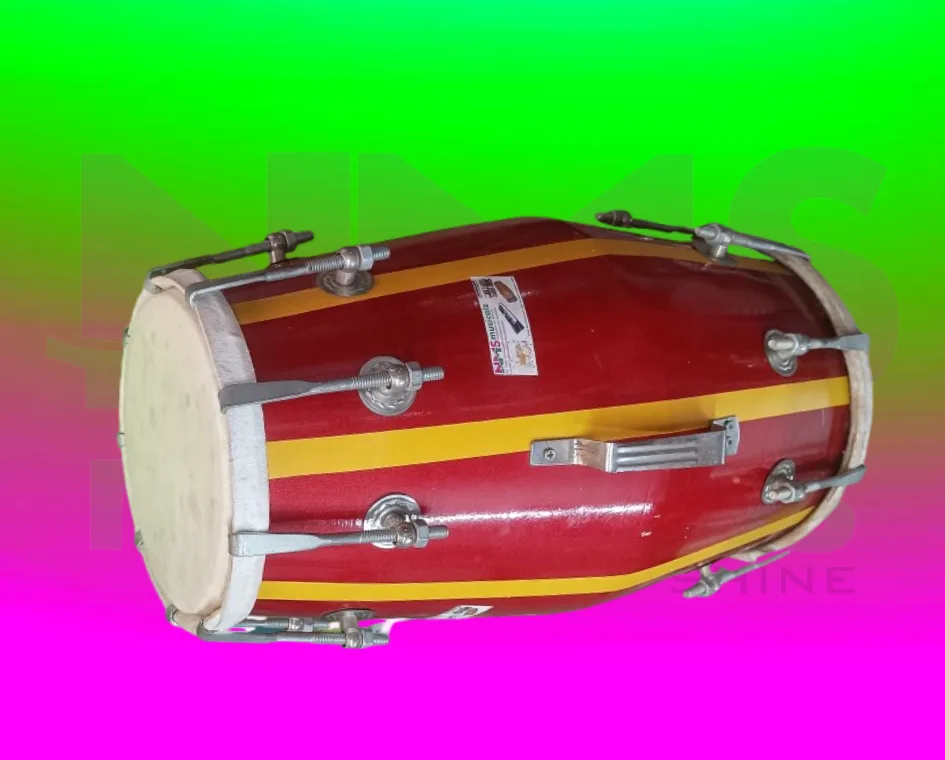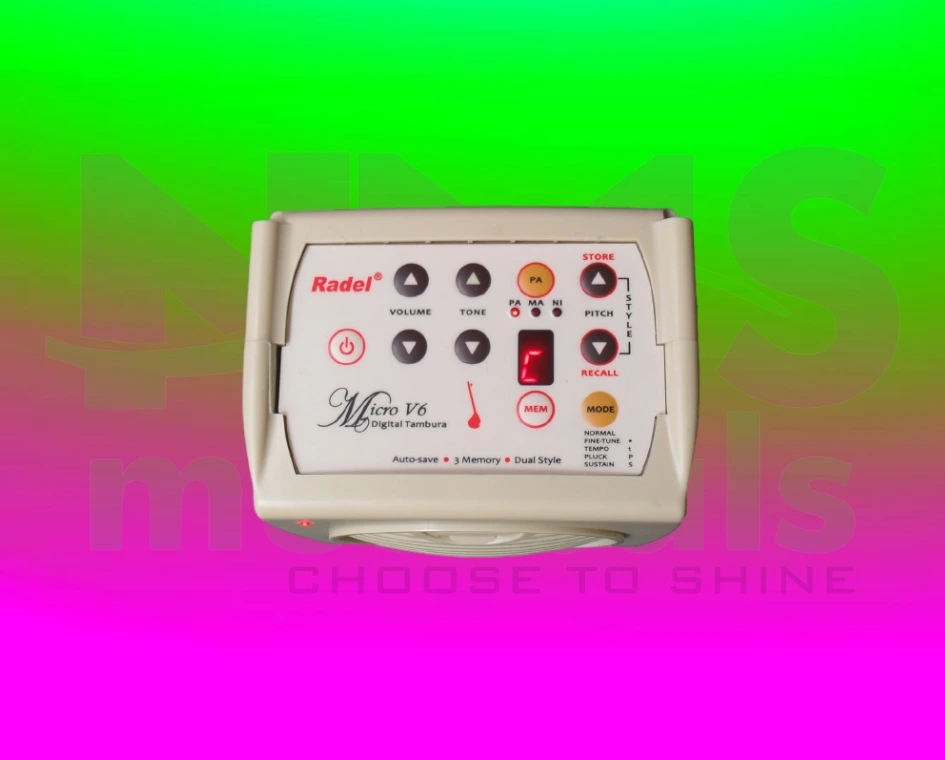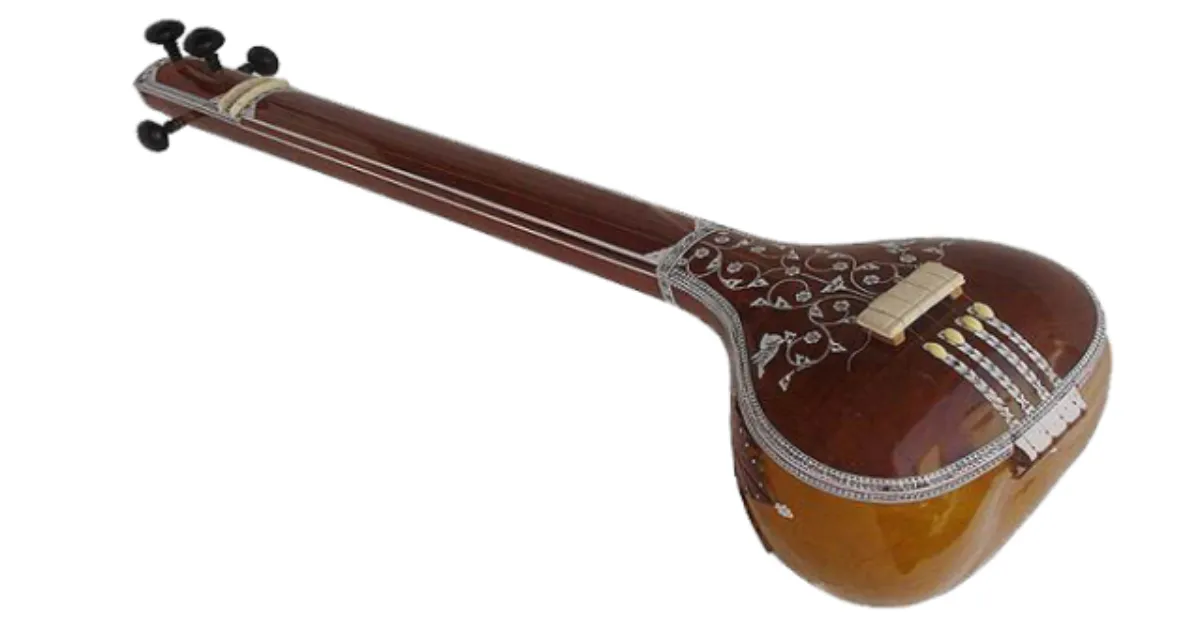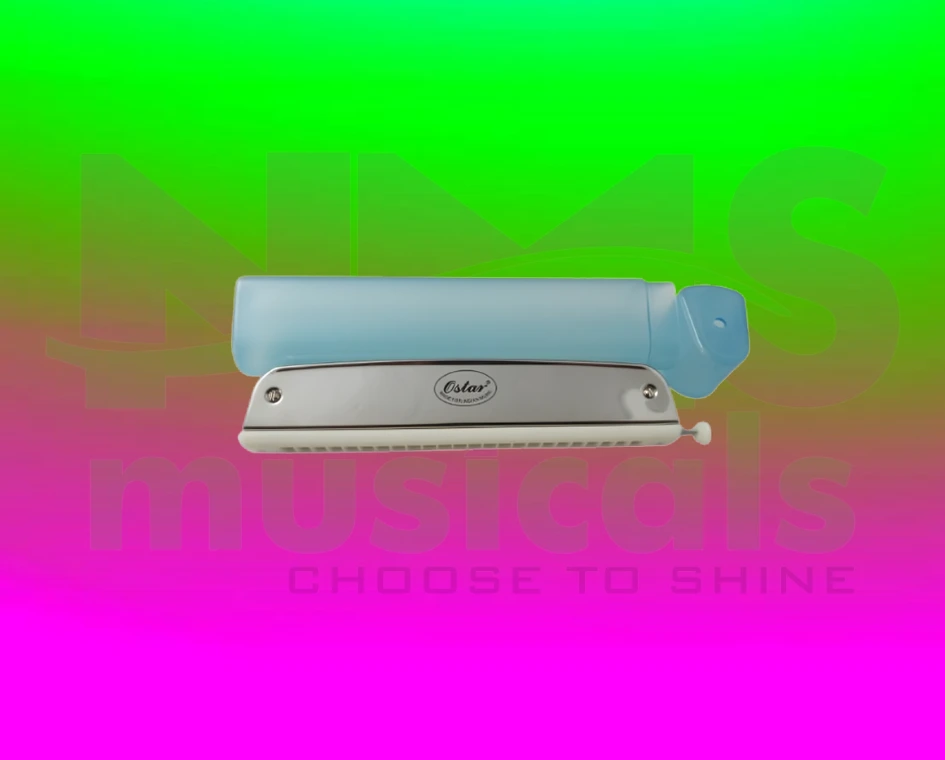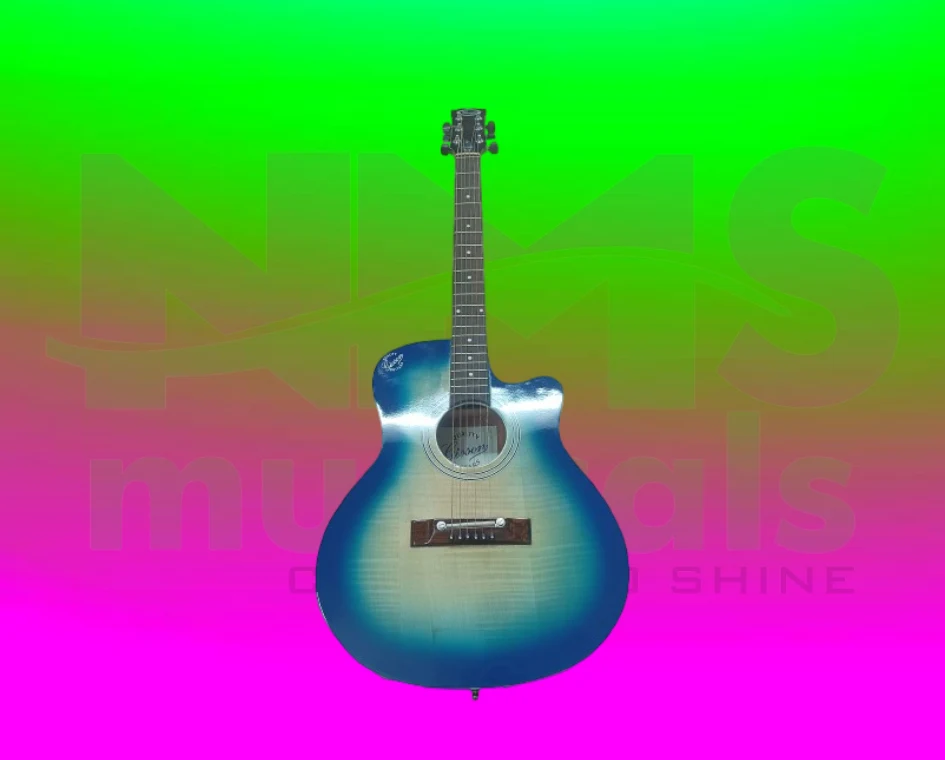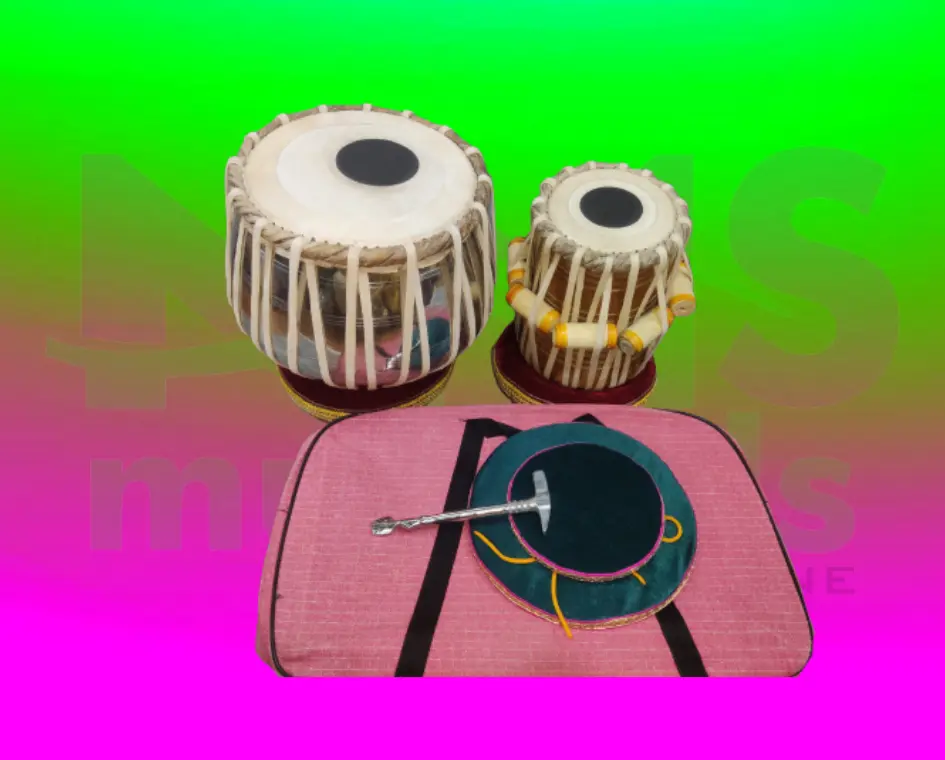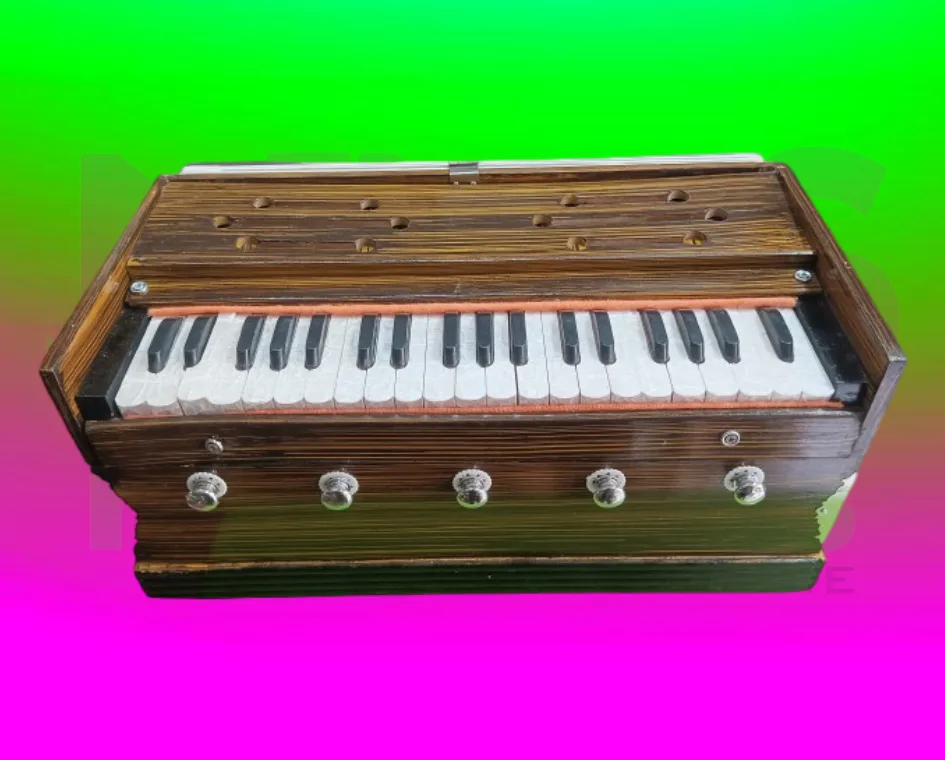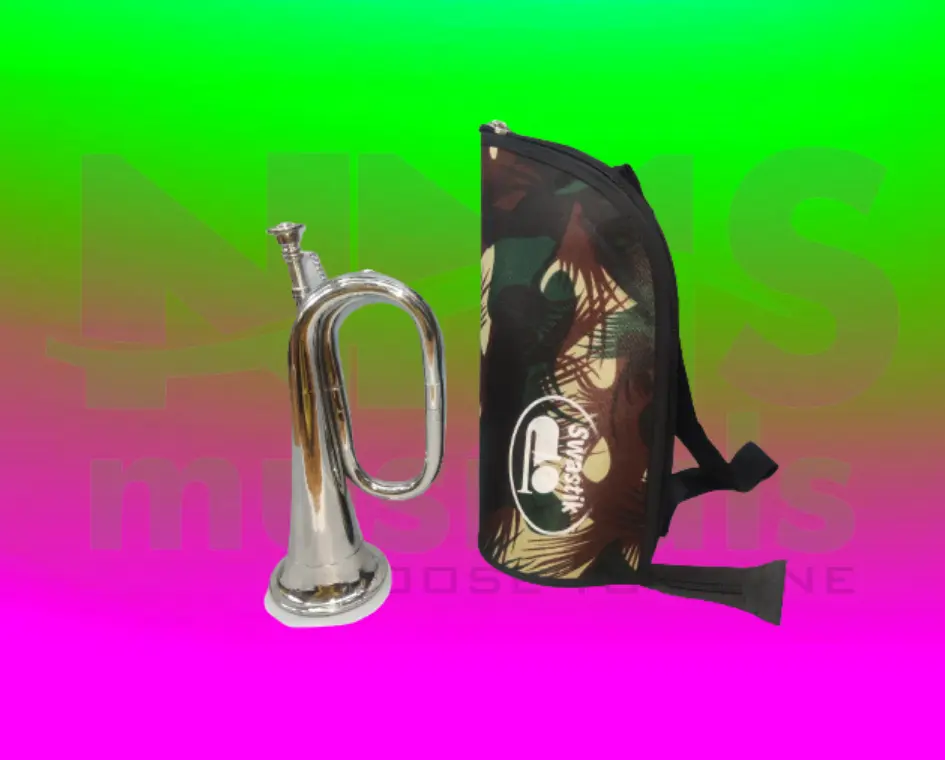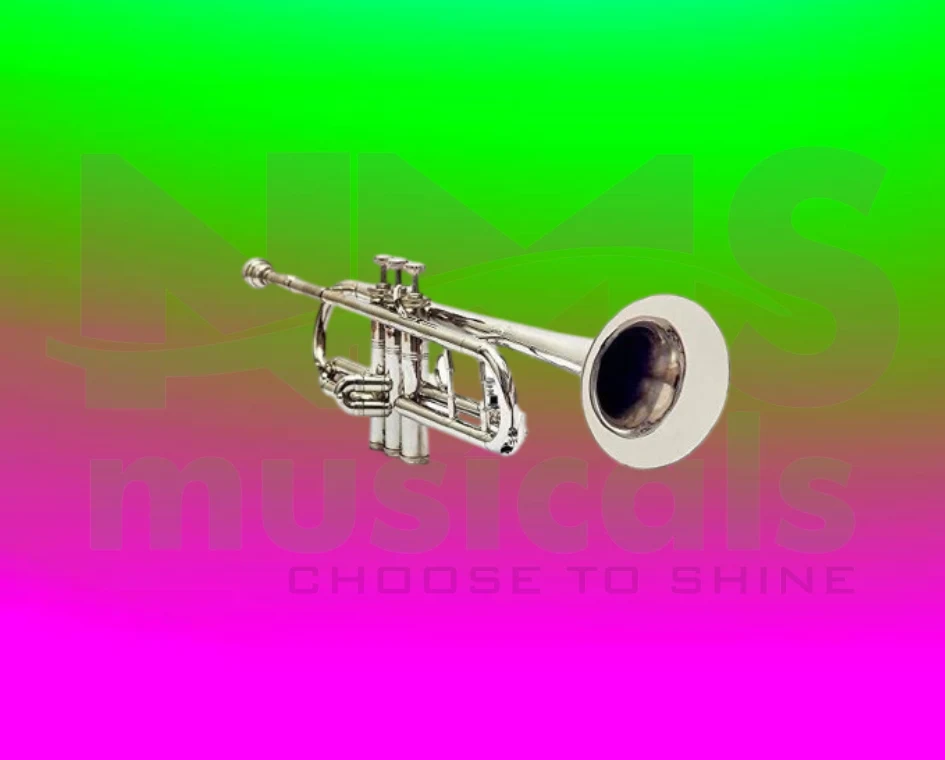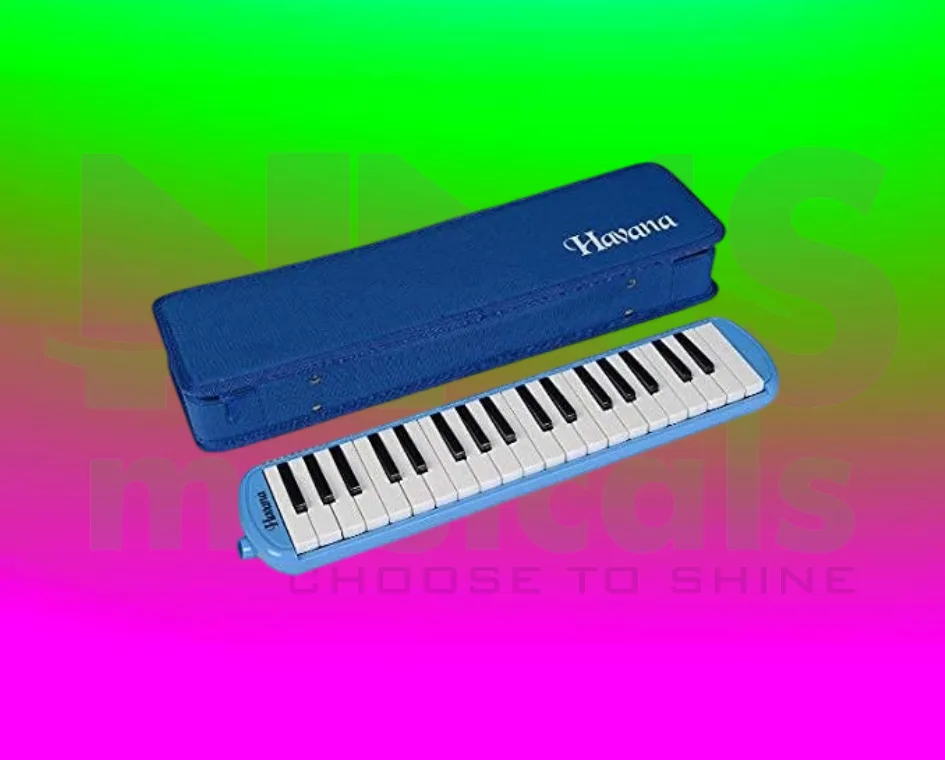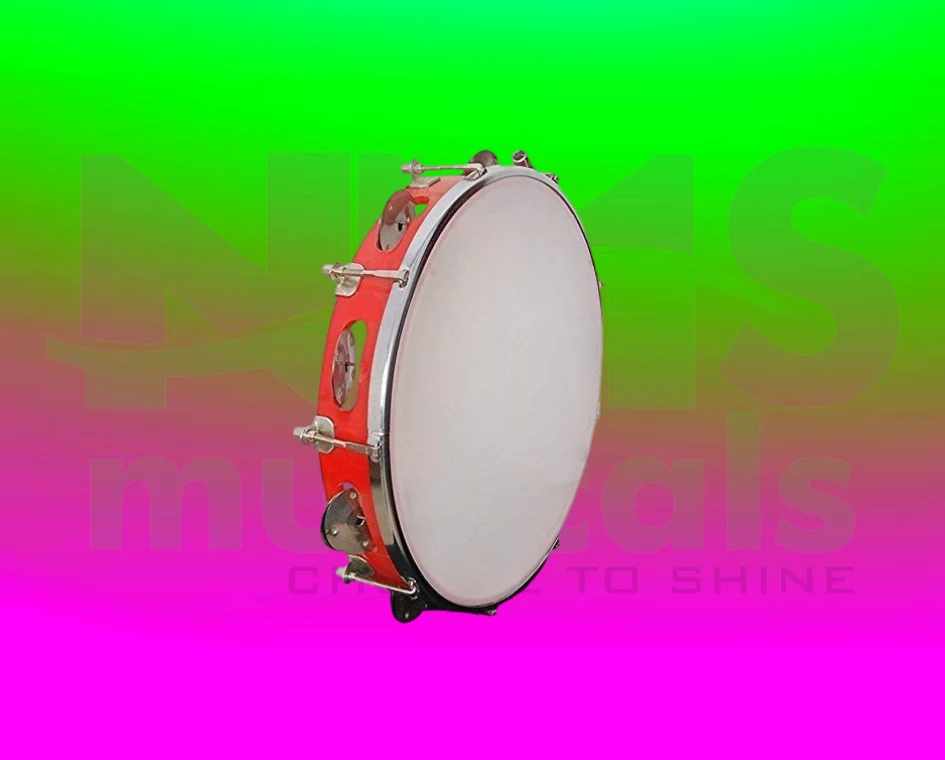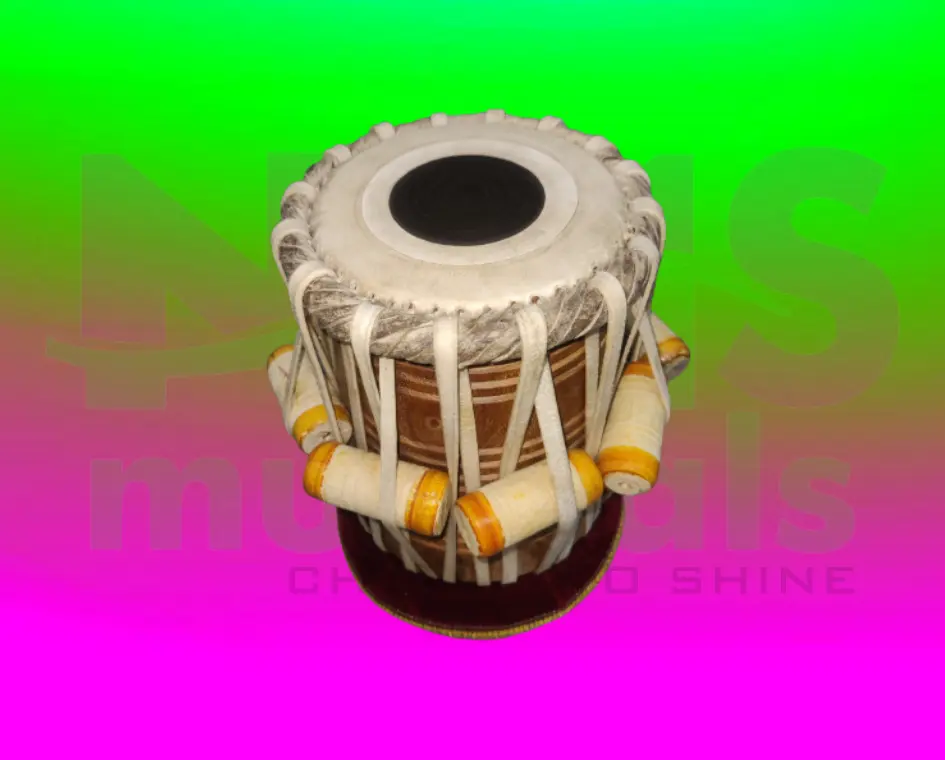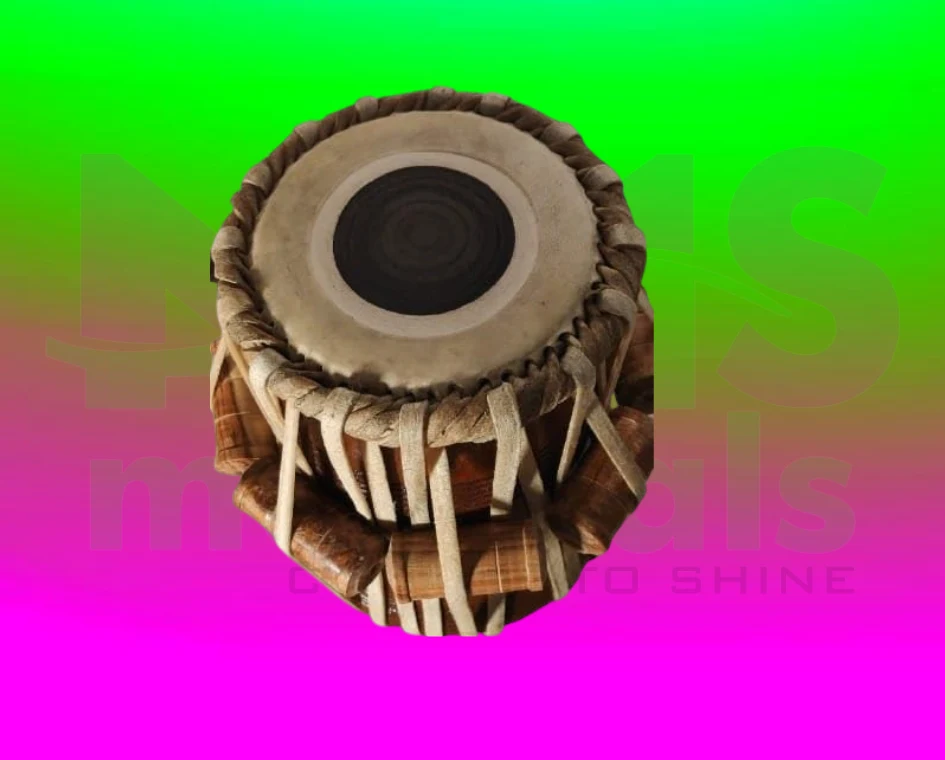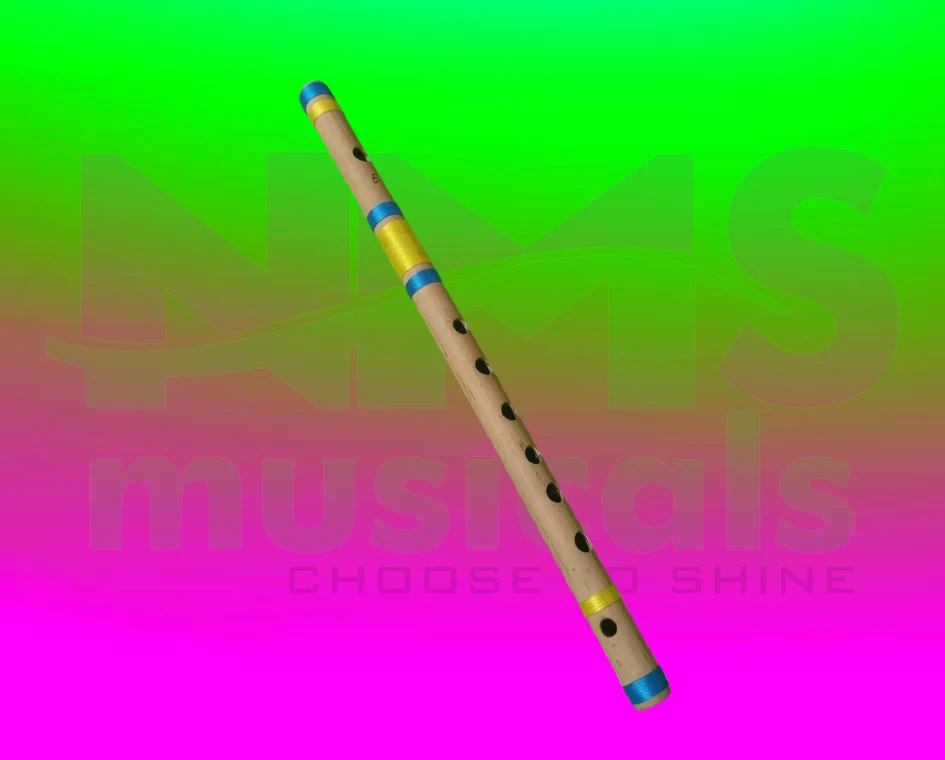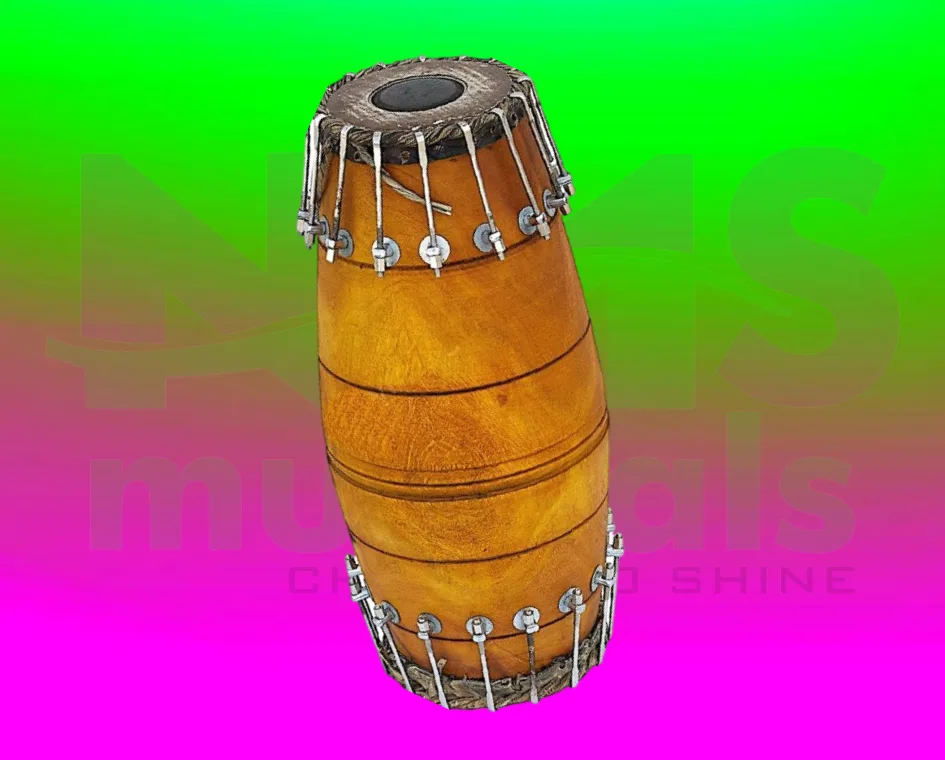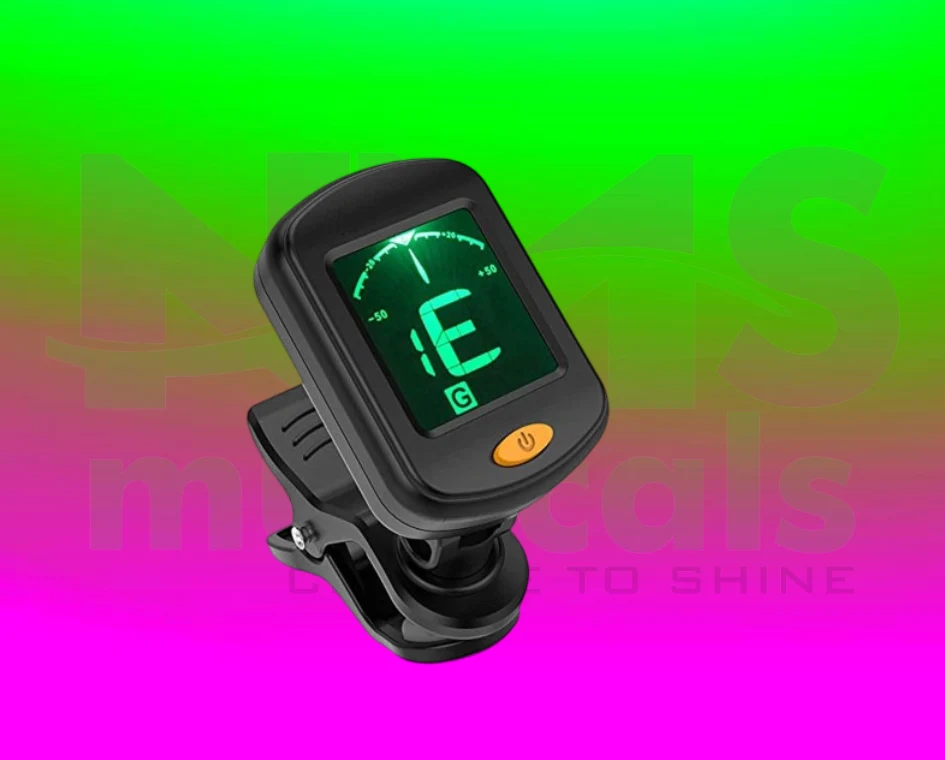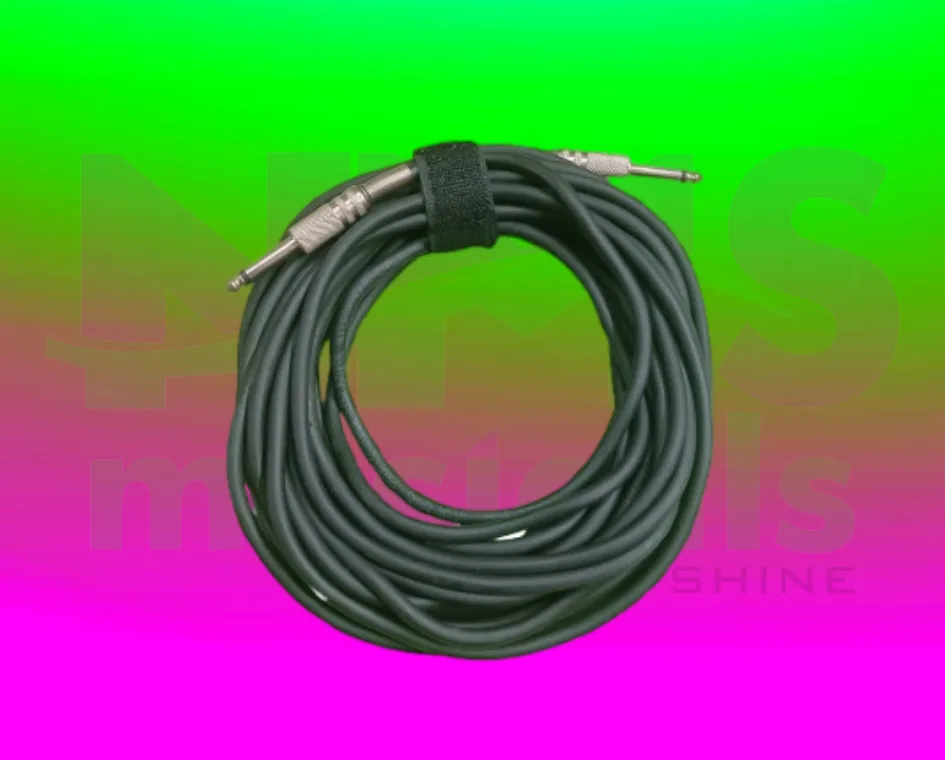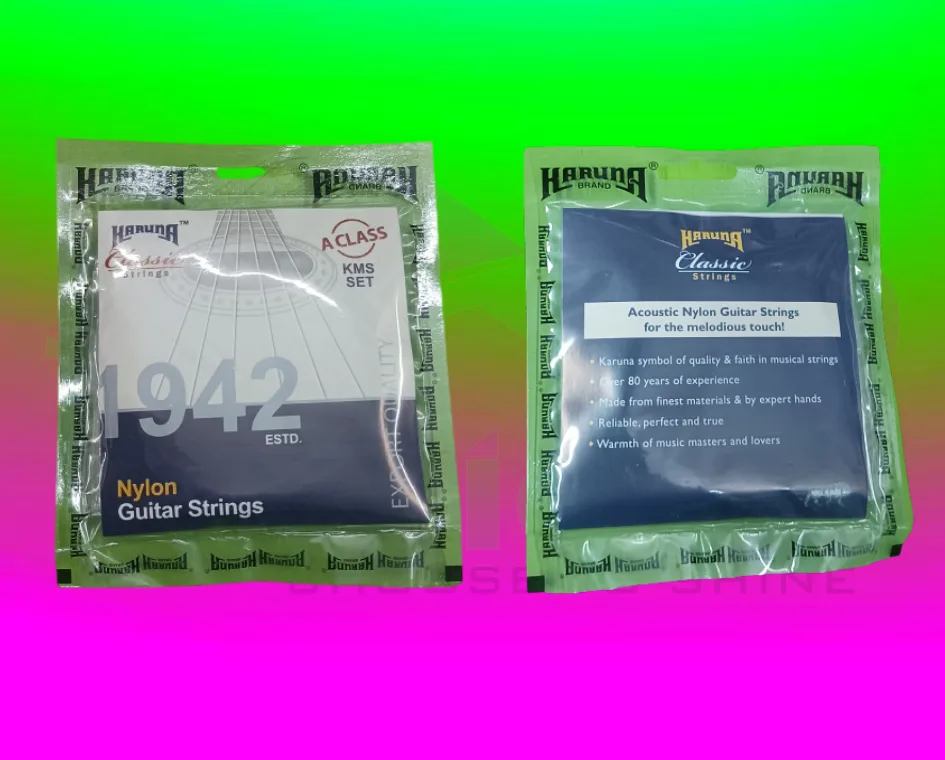The Importance of Timing in Playing the Drums: Tips for Perfecting Rhythm with Indian Percussion Instruments

Timing is the heartbeat of drumming. No matter how fast your hands move or how powerful your strokes are, without proper timing, your music can feel unbalanced and disconnected. The Importance of Timing in Playing the Drums goes beyond simply keeping a beat — it involves understanding rhythm, spacing, tempo, and how to lock into the groove of a performance. For Indian percussion instruments like tabla, mridangam, dhol, kanjira, and ghatam, timing is even more crucial, because these instruments not only support rhythm but also drive the emotional expression of the music.
In this blog, we will explore why timing matters, provide actionable tips for mastering rhythm, and highlight how Indian drummers can refine their skills. Whether you’re a beginner tapping on the tabla or an experienced player performing on the mridangam, you’ll discover that the essence of your drumming lies in your ability to manage rhythm effectively.
Why Timing is the Core of Drumming
1. Connection Between Rhythm and Emotion
Every beat a drummer plays communicates emotion. A perfectly timed rhythm can create excitement, peace, or devotion, depending on the musical context. In Indian classical music, tabla players use precise timing to evoke rasa (emotion). A misaligned beat disrupts the mood.
2. Foundation of Ensemble Playing
Whether in Carnatic concerts with mridangam or in Punjabi bhangra with dhol, timing ensures the ensemble stays cohesive. A small shift in tempo can cause singers, instrumentalists, and dancers to lose synchronization.
3. Building Musical Discipline
Timing forces discipline. Learning to play within a tala (rhythmic cycle) like teental (16 beats) or adi tala (8 beats) trains the mind to think mathematically and musically at the same time.
Challenges in Mastering Drum Timing
1. Variations in Tempo
Indian drummers often switch between slow (vilambit), medium (madhya), and fast (drut) tempos within one composition. Keeping consistency during transitions is difficult.
2. Complex Rhythmic Structures
Talas like jhaptal (10 beats) or misra chapu (7 beats) are challenging. Beginners often misplace beats, losing the flow.
3. Overlapping Instruments
In fusion setups, tabla and drums might play together. Balancing Western steady beats with Indian improvisational timing requires practice.
10 Essential Tips for Mastering Rhythm on Drums
1. Start with a Metronome
Practicing with a metronome helps in developing internal rhythm. Tabla players can start with a lehra (repeating melody) at a fixed tempo.
2. Practice Basic Talas Daily
Spend at least 15 minutes practicing simple talas like teental, rupak, and adi tala. Clap and recite before playing.
3. Focus on Konnakol and Bol Recitation
Carnatic percussionists recite konnakol (syllables) and tabla players recite bols (dha, dhin, na). Speaking before playing sharpens timing.
4. Break Down Complex Rhythms
Split long cycles into smaller sections. For instance, divide a 16-beat teental into four groups of four.
5. Record and Review Yourself
Play along with a lehra app or metronome and record. Listening back highlights timing mistakes.
6. Use Call-and-Response Exercises
Work with another musician. One plays a phrase; the other responds. This improves adaptability to timing changes.
7. Practice with Different Tempos
Play the same composition in slow, medium, and fast tempos. This strengthens control.
8. Synchronize with Other Instruments
Practice with sitar, veena, or harmonium accompaniment. This teaches how timing adjusts in ensemble playing.
9. Develop Inner Pulse with Clapping
Before touching the instrument, clap the tala cycles repeatedly. This builds body memory of timing.
10. Learn from Masters’ Performances
Listen to Zakir Hussain (tabla), Palghat Mani Iyer (mridangam), or Bickram Ghosh (fusion drums). Notice their flawless timing and adapt their techniques.
The Role of Timing in Indian Percussion Instruments
1. Tabla
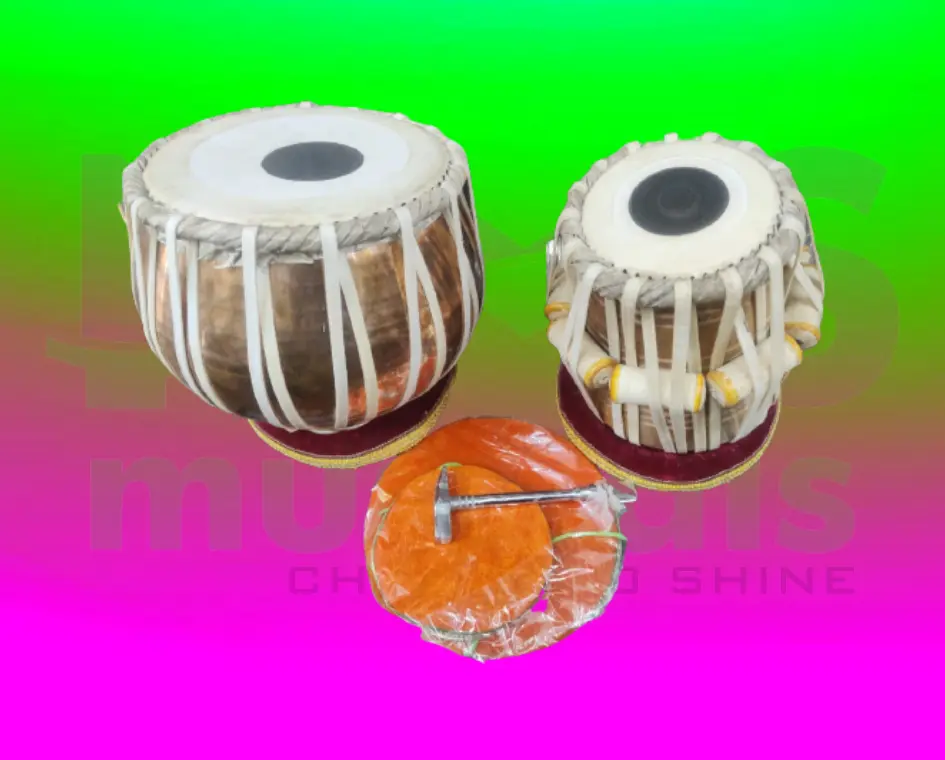
In Hindustani music, tabla is the timekeeper. Theka patterns in teental or dadra require absolute accuracy. A tabla player must align perfectly with the lehra or singer.
2. Mridangam
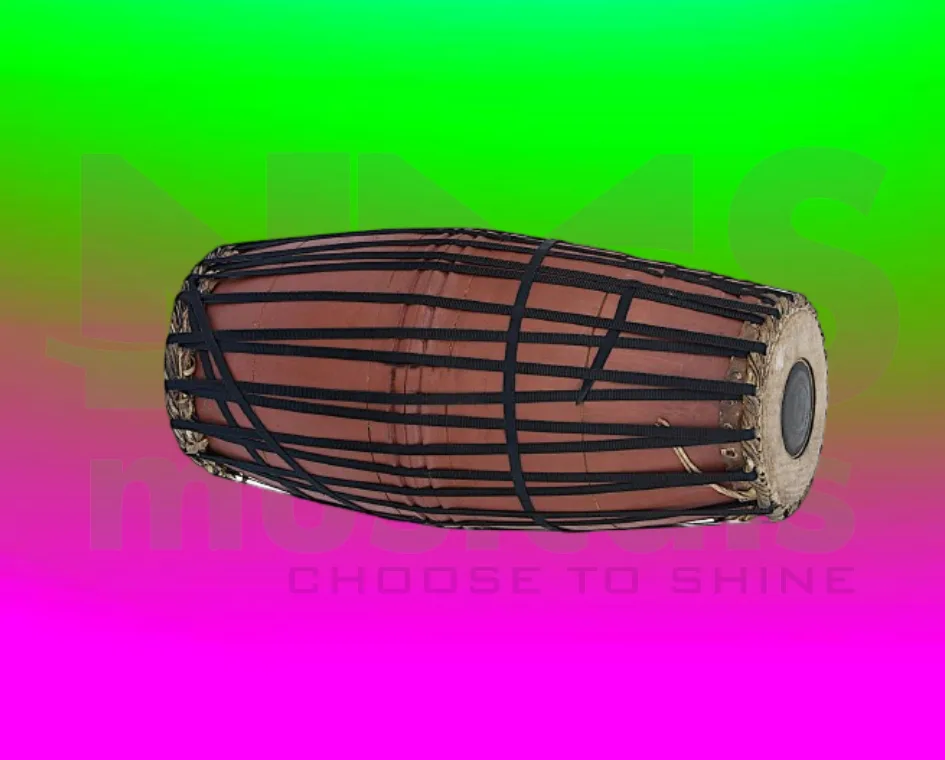
In Carnatic concerts, mridangam defines the rhythm framework. Mastering adi tala and khanda chapu with precise timing is essential to support kritis and ragam-tanam-pallavi.
3. Dhol
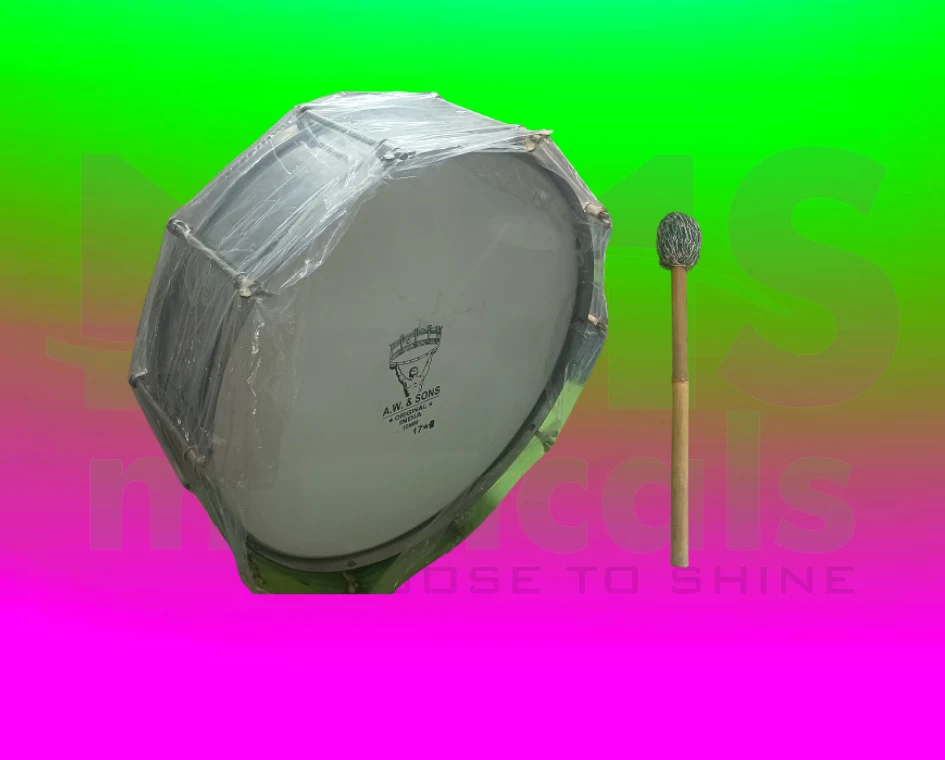
Used in Punjabi bhangra, the dhol’s upbeat rhythms demand strict tempo control. A dhol player sets the energy for dancers, so mistiming can spoil the entire performance.
4. Kanjira

Though small, kanjira players often add improvisations. Without proper timing, these embellishments can clash with the mridangam.
5. Ghatam
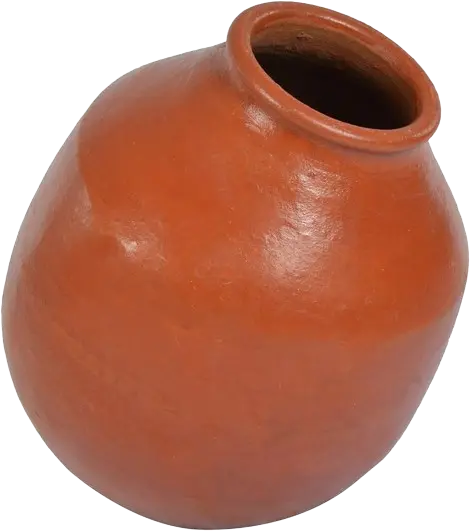
The clay pot instrument requires sharp rhythmic sense. Timing makes the difference between a supportive ghatam and a distracting one.
How Timing Shapes a Drummer’s Journey
1. From Student to Performer
Beginners first learn to keep a simple 4-beat cycle steady. Over time, they progress into improvisations like tihai (repeating thrice to land on sam).
2. Improvisation and Solo Performances
A tabla solo or mridangam thani avartanam relies on timing. Even in complex improvisations, the artist must return to sam (first beat) correctly.
3. Building Stage Confidence
Consistent timing builds confidence. Drummers who control rhythm gain respect from co-artists and audience alike.
Practical Exercises to Improve Timing
1. Teental Clap Exercise
Clap teental (16 beats: 4+4+4+4). Recite dha dhin dhin dha, dha dhin dhin dha, dha tin tin ta, ta dhin dhin dha while clapping.
2. Metronome Speed Drill
Set a metronome at 60 BPM. Play single strokes on tabla or mridangam. Gradually increase to 120 BPM while maintaining clarity.
3. Tala Recitation with Foot Tapping
Recite adi tala (8 beats) while tapping foot and clapping. Then add mridangam strokes.
4. Fusion Jamming
Play tabla with a drum kit beat. Try aligning improvisations without losing the tempo.
5. Tihai Practice
Create small tihais (phrases repeated thrice). Practice ending perfectly on sam.
Common Mistakes Drummers Make with Timing
1. Rushing or Dragging
Excitement makes beginners speed up; nervousness makes them slow down.
2. Ignoring the Sam
Many forget to land correctly on the sam, breaking synchronization.
3. Overcomplicating Early
Beginners attempt complex talas too soon without mastering basics.
4. Neglecting Slow Practice
Slow practice builds control. Skipping it creates sloppy timing.
5. Not Listening Enough
Timing isn’t just about playing — it’s also about listening to others.
Benefits of Perfect Timing in Drumming
1. Professional Sound
Perfectly timed drumming sounds polished and professional.
2. Better Ensemble Harmony
Musicians love playing with drummers who have solid timing.
3. Audience Engagement
Flawless rhythm makes performances memorable for audiences.
4. Easier Learning of Advanced Concepts
Once timing is strong, complex talas and improvisations become easier.
5. Increased Musical Creativity
Strong timing frees drummers to experiment confidently.
Advanced Timing Concepts for Indian Drummers
1. Polyrhythms
Playing one rhythm over another (e.g., 3 against 4) enhances creativity.
2. Layakari
The art of playing with tempo in Hindustani music. For example, doubling or tripling speed within the same tala.
3. Nadai Variations
In Carnatic music, playing 5, 7, or 9 subdivisions within a tala cycle demands precision timing.
4. Cross-Rhythms in Fusion
Indian drummers collaborating with Western bands must master cross-rhythms.
5. Improvised Jathi Patterns
In mridangam, improvising jathis (rhythmic patterns) while maintaining tala sharpens timing.
How Indian Culture Values Timing in Drumming
Indian music is cyclic rather than linear. Talas repeat endlessly, symbolizing the cyclical nature of life. Timing is not only technical but also spiritual. Playing tabla in a bhajan, mridangam in a Carnatic kriti, or dhol in a wedding — each requires deep respect for rhythm’s divine order. Perfect timing transforms drumming into meditation.
Conclusion
Mastering timing is the single most important step in becoming a great drummer. The Importance of Timing in Playing the Drums is not just about striking beats — it’s about building discipline, connecting with other musicians, and expressing emotions with precision. For Indian percussion instruments like tabla, mridangam, dhol, kanjira, and ghatam, timing is the backbone that holds the entire performance together. By practicing daily, focusing on talas, and learning from masters, every drummer can sharpen their rhythmic control and unlock the true potential of their instrument.
Ultimately, perfect timing turns drumming into a powerful force that connects the player, the ensemble, and the audience in a seamless musical journey.
At NMS Musicals, we offer a comprehensive range of musical instruments, including percussion, string, wind, and keyboard instruments. Our services encompass sales, expert servicing, and the manufacture of leather instruments. Explore our diverse collection and find the perfect instrument to suit your musical needs.
Visit our website to browse our offerings: nmsmusicals.in
For a closer look at our products, check out our shop page: nmsmusicals.in/shop
Stay connected with us through our social media channels:
- Facebook: https://www.facebook.com/nmsmusicalinstruments/
- Instagram: https://www.instagram.com/nmsmusicals/?hl=en
- YouTube: youtube.com/@nmsmusicals
Our shop locations are:
- Puducherry: 149, Perumal Koil Street, Heritage Town, Puducherry, 605001.
Map Link: https://maps.app.goo.gl/ejDwBBFEJmd3szxk7 - Chennai: No: 1, 1st Floor, Kandigai Street, TVS Nagar, Korattur, Chennai – 600076.
Map Link: https://maps.app.goo.gl/7oXmB6X7KQsqeuuw9
For inquiries, contact/Whatsapp us at 9500663895 or email us at laxman.m89@gmail.com.
Discover the world of musical instruments with NMS Musicals today!
For a visual overview of our percussion instruments, watch the following video:
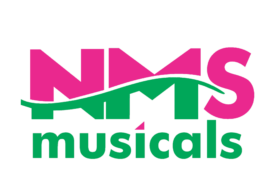

 Cart is empty
Cart is empty 


